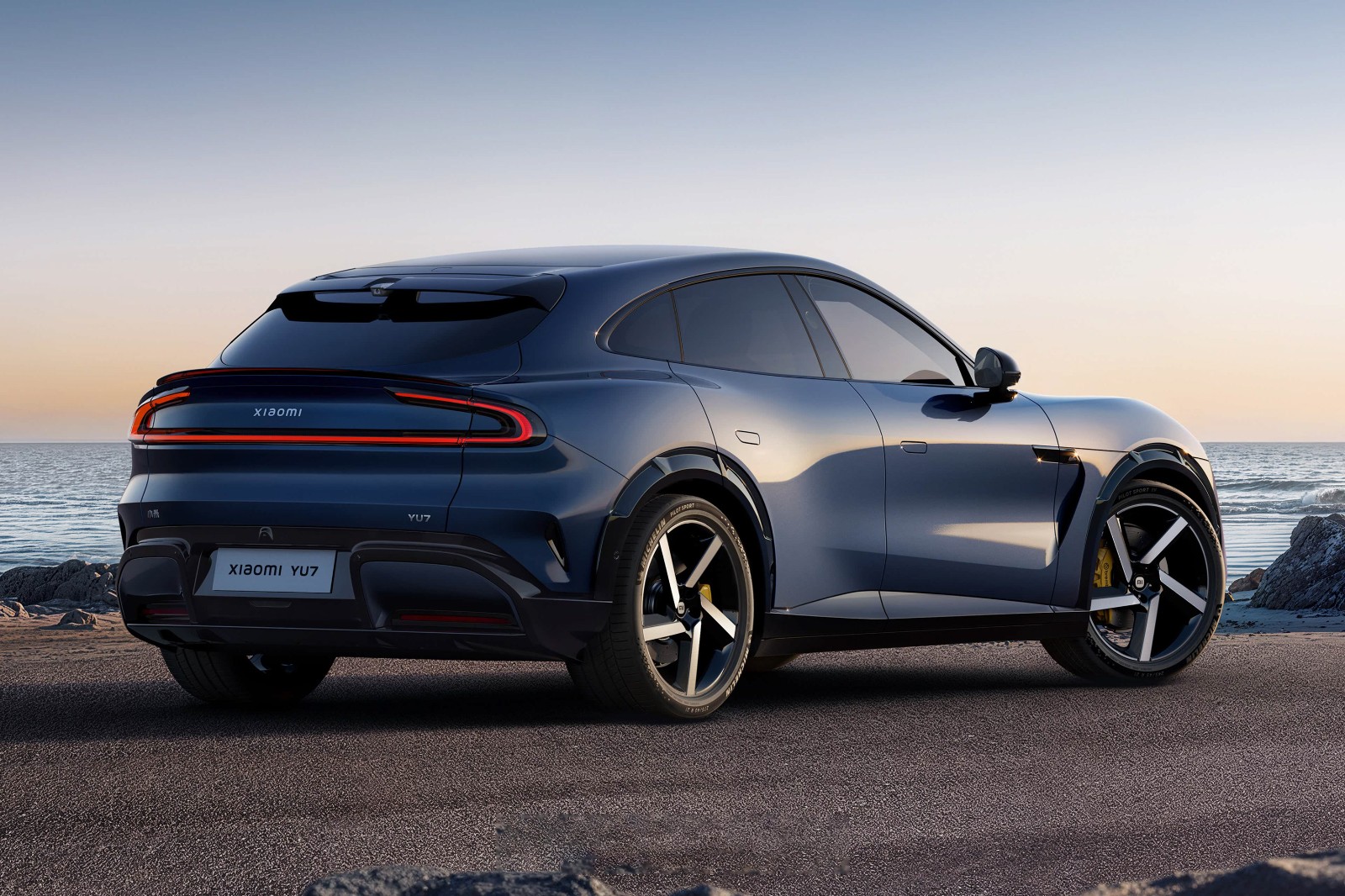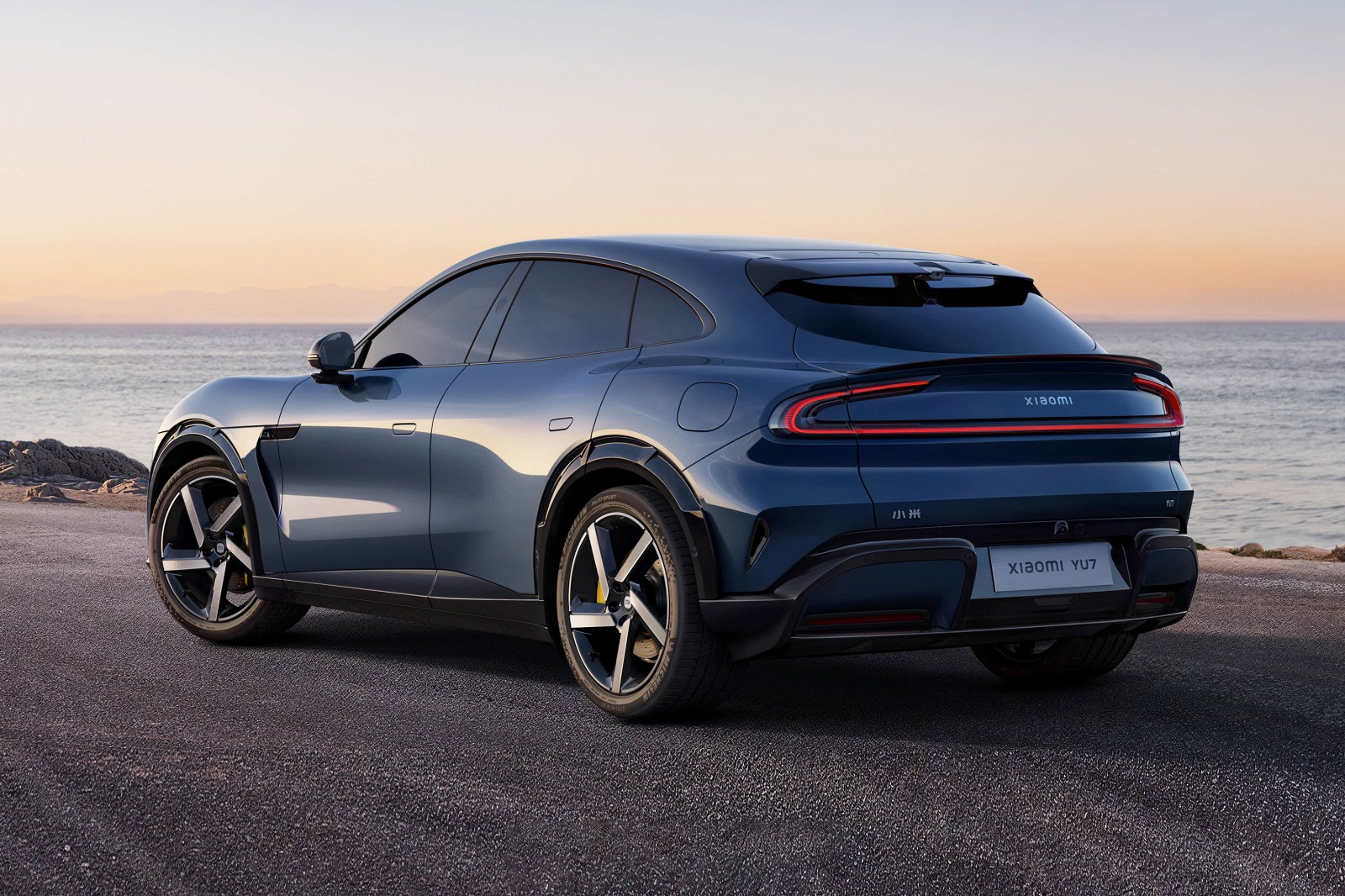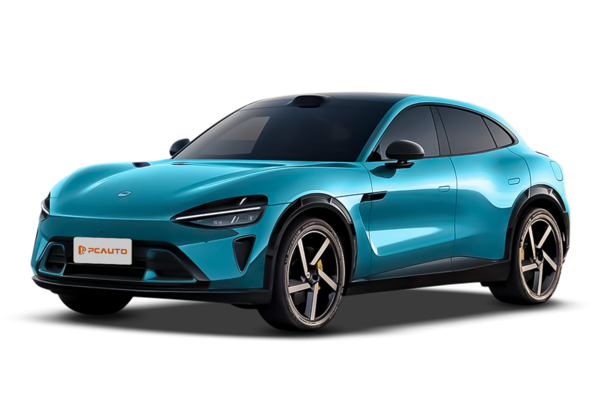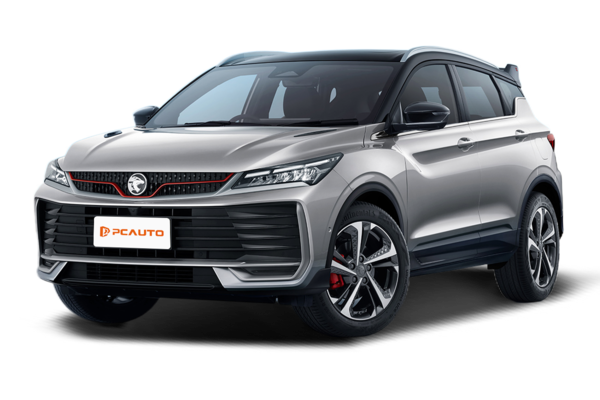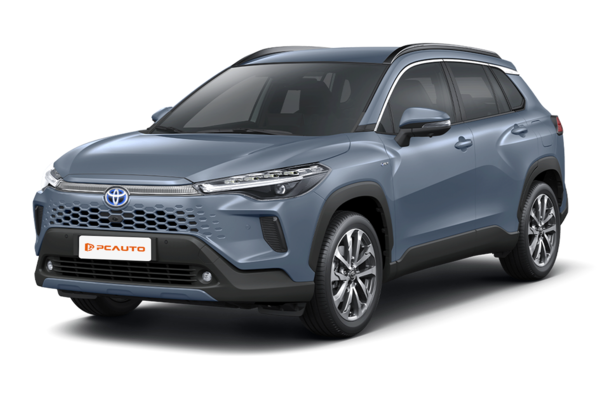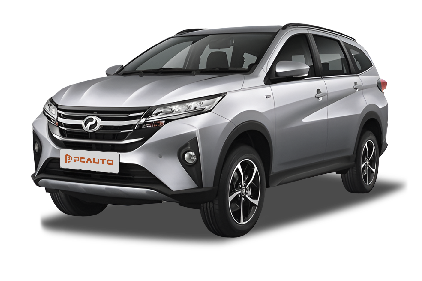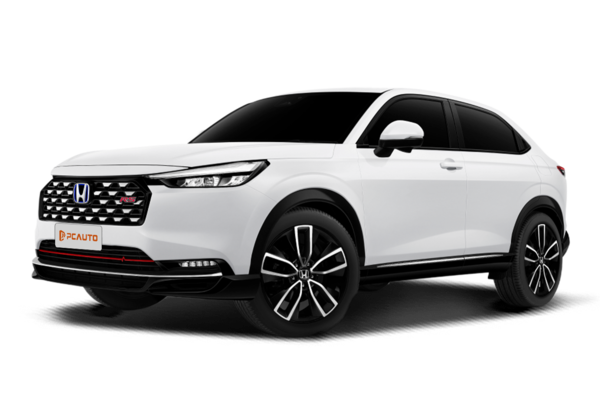Q
What are the interior features of the Xiaomi SU7?
The Xiaomi SU7, as a highly anticipated smart electric vehicle, blends tech-forward aesthetics with luxury in its interior design. It features a 16.1-inch central touchscreen paired with a 7.1-inch digital instrument cluster, supporting intelligent voice control and multi-screen interaction for smooth, intuitive operation. High-quality eco-friendly materials adorn the cabin, while the seats offer heating, ventilation, and massage functions—boosting comfort, with that ventilation being a total lifesaver in Malaysia's sweltering heat.
The SU7 steps up the sensory game too, packing a 25-speaker Dolby Atmos sound system, ambient lighting, and a fragrance setup to create that immersive driving and riding vibe. On the practical side, you've got wireless phone charging, a HUD display, and L2+ level advanced driver-assistance systems, which really up the convenience and safety ante.
For Malaysian users, the SU7's smart connectivity shines with localized services—think navigation and voice assistants tailored to the market, making daily drives that much easier. This interior doesn't just marry tech and comfort; it also nails the tropical climate usability, showing Xiaomi's serious innovation chops in the automotive space.
Q
What is the top speed of the Xiaomi SU7?
The Xiaomi SU7, the first all-electric sedan from Xiaomi Auto, tops out at 265 km/h – a performance stat that gives it some serious clout in the EV market, especially when it comes to high-speed stability and power delivery. For Malaysian buyers, the SU7's acceleration and range are equally noteworthy: it sprints from 0-100 km/h in just 2.78 seconds, and depending on the trim, you're looking at around 800 km of range – perfect for those longer drives around the country.
On top of that, the SU7 packs advanced driver-assistance systems and smart connectivity features, making for a safer, more convenient drive. Malaysia's EV scene is definitely picking up steam, and with charging infrastructure steadily improving, high-performance EVs like the SU7 could really start turning heads here. If you're into EVs, it's worth checking out local charging station maps and government subsidy policies – both play a big role in how well an EV fits your daily life.
Q
Where can I test drive the Xiaomi SU7 in Malaysia?
The Xiaomi SU7 hasn't officially launched in Malaysia yet, so there are no official test drive opportunities locally for now. But Malaysian car enthusiasts should keep an eye on Xiaomi Auto's international website or check in with authorized local dealers for the latest updates. If it does make its way to Southeast Asia, we'd expect test drives to be available at flagship showrooms or partner dealerships in major cities like Kuala Lumpur and Penang.
As a highly anticipated electric sedan, the SU7 has grabbed global attention with its 700km CLTC range, blistering 2.78-second 0-100km/h acceleration, and the in-house developed HyperOS infotainment system. If it lands in the Malaysian market, it could well go head-to-head with the likes of the Tesla Model 3 and BYD Seal.
For consumers interested in electric vehicles, it's a good idea to get ahead of the curve by researching Malaysia's EV tax incentives – things like import duty exemptions and road tax discounts. It's also worth keeping tabs on how the local charging network is expanding. These factors will all play a big role in shaping the EV ownership experience down the line.
Q
Does the Xiaomi SU7 qualify for EV incentives in Malaysia?
Whether the Xiaomi SU7, as an all-electric vehicle, qualifies for EV incentives in the Malaysian market hinges on whether it meets the criteria set by the local government. Malaysia's current EV incentives primarily include import tax and sales tax exemptions, road tax discounts, and subsidies for charging infrastructure. Specific eligibility requires meeting vehicle specifications, battery capacity, and local certification requirements. For instance, it needs to obtain Vehicle Type Approval (VTA) from Malaysia's Road Transport Department (JPJ) and meet ASEAN NCAP safety ratings. If the SU7 secures these certifications and its battery capacity and other parameters check out, it could be in line for these perks.
The Malaysian government has been ramping up efforts to promote EV adoption in recent years. The 2024 budget extended import tax exemptions until 2025 and outlined plans to expand the charging network. So, before making a purchase, consumers should reach out to authorized dealers or Malaysia's Energy Commission (ST) to inquire about the latest policies and confirm the SU7's specific eligibility for incentives.
What's more, Malaysia's EV market is growing rapidly. Beyond federal tax breaks, some state governments offer additional subsidies or benefits like free parking. It's advisable to thoroughly research local policies before buying and compare incentive differences across various brands and models to make a smarter decision.
Q
What are the key features of the Xiaomi SU7?
The Xiaomi SU7, Xiaomi's first foray into electric vehicles, is all about smart tech and high-performance thrills. Let's break down what makes it tick. First off, it runs on HyperOS, which enables a seamless five-screen ecosystem – think phone-to-car connectivity that's so smooth, it'll feel like second nature. That's a big win for Malaysian users who live and breathe smart connectivity.
Under the hood (or rather, under that sleek body), the dual-motor, all-wheel-drive version is a rocket. We're talking 0 to 100 km/h in just 2.78 seconds, but it's not all about straight-line speed; it also boasts an impressive 800 km CLTC range. So, you get the best of both worlds: heart-pounding performance and practical, day-to-day usability.
Step inside, and you'll find premium touches that rival luxury models. There's an adaptive rear spoiler that adjusts on the fly, a stunning 16.1-inch 3K central control screen, and a 25-speaker sound system that'll turn your commute into a concert.
But here's a key point for Malaysia: its 800V high-voltage platform supports ultra-fast charging, adding a whopping 510 km of range in just 15 minutes. As our local charging infrastructure continues to grow, that kind of quick top-up capability is a huge draw.
If you're considering an EV, though, don't forget to check local charging network coverage and battery warranty policies. It's always smart to cross-shop with segment rivals like the Tesla Model 3 or BYD Seal to make sure you're getting exactly what you need.
Q
How long does it take to charge the Xiaomi SU7?
The charging time of the Xiaomi SU7 depends on the charging equipment used and the battery capacity. In fast-charging mode (using a 250kW ultra-fast charger, for example), it takes roughly 30 minutes to charge from 10% to 80%. On the other hand, using a home slow charger (7kW) might take around 8 hours for a full charge. For Malaysian users, charging times can also be affected by local grid conditions and temperatures, as high heat can slightly reduce charging efficiency. It's worth noting that charging speeds aren't linear; typically, once the battery hits 80%, the power automatically tapers off to protect battery longevity – this is standard practice across the EV industry these days. Malaysia's charging infrastructure is gradually improving, so we recommend owners plan their charging times around their daily routines, like using slow charging overnight or topping up quickly at shopping malls while running errands. Compatibility with different charger brands is another factor to consider. The Xiaomi SU7 supports mainstream charging standards, but actual charging power can vary depending on the equipment.
Q
What is the battery range of the Xiaomi SU7?
The Xiaomi SU7, being one of the most talked-about electric vehicles out there, offers different battery ranges depending on the variant. The standard model clocks in at around 700 km under CLTC conditions, while the high-performance version pushes that up to roughly 800 km. Trust me, those numbers are more than enough to handle both your daily commutes around town and even longer road trips here in Malaysia.
Now, a quick reality check: your actual range can dip based on how you drive—lead-footed acceleration, stop-and-go traffic, or cranking up the AC on a scorching day will all take a toll. So, it’s smart to plan your charging stops accordingly. For Malaysian buyers, beyond just fixating on the range figures, it’s worth checking out where the charging stations are. Good news though—Malaysia’s really stepping up its charging network game. Most major cities and highway rest stops now have chargers that work with all the main standards, making EV travel a lot less of a hassle.
And hey, living in a tropical climate means we need to give those batteries a little extra TLC. Try to park in the shade to avoid baking them in the sun all day, and don’t let the battery drain completely too often. Do that, and you’ll keep your SU7’s battery healthy for longer.
Q
Is the Xiaomi SU7 available in Malaysia?
The Xiaomi SU7 hasn't officially launched in Malaysia yet, but given Xiaomi Auto's global strategy and the growing local interest in EVs, we might see it hit our shores down the line. This all-electric sedan is all about blending high performance with smart tech – think advanced driver assistance systems and some seriously impressive range. It’s definitely one for the tech-savvy and eco-conscious crowd.
Malaysia’s government has been pushing hard to get more EVs on the road lately, with sweeteners like tax exemptions up for grabs. So if the SU7 does make its way here, it’s bound to turn heads. While we wait for official word, if you’re keen, keep an eye on Xiaomi Auto’s global updates or check in with local dealerships for the latest. And hey, it never hurts to scope out what’s already available – Tesla, BYD, they’ve got options too. Do your homework, compare, and you’ll be in a solid spot when it’s time to make that EV switch.
Q
when will xiaomi su7 launch in malaysia
When it comes to the launch timing of the Xiaomi SU7 in Malaysia, there's still no official confirmation on the exact date. But we can make a reasonable guess by looking at how Xiaomi Auto rolled out in China and their Southeast Asia expansion plans. The SU7, Xiaomi's first all-electric sedan, made its debut in China back in March 2024. Typically, international releases prioritize right-hand drive markets like Thailand and Indonesia first. Since Malaysia is a key right-hand drive market, we might see the SU7 hit our shores sometime between late 2024 and the first half of 2025 – but of course, we’ll have to wait for the official word from Xiaomi Malaysia or their local distributors.
Malaysian consumers should keep an eye on local EV policies, things like import tax exemptions and the progress of charging infrastructure development – these factors will definitely influence how quickly the new car arrives. It’s worth noting that the SU7 is big on its smart cabin and 800V high-voltage fast charging tech. If it does launch here, it’ll likely go head-to-head with the Tesla Model 3 and BYD Seal. For those interested in EVs, my advice is to do your homework early: check out charger compatibility, warranty policies, and don’t forget to consider how Malaysia’s climate might affect real-world battery range. These little details make a huge difference to your daily driving experience.
Q
how much is xiaomi su7
Xiaomi's first electric vehicle, the SU7, currently starts at around 215,900 RMB (approximately 142,000 MYR) in the Chinese market. The exact price can vary depending on configurations and optional extras, but the model hasn't officially launched in Malaysia yet, so local pricing will have to wait for an official announcement. For Malaysian consumers, if it does arrive here in the future, the price will likely be adjusted to account for import duties, shipping costs, and local certification fees.
Positioned as a mid-to-high-end electric sedan, the SU7 comes packed with Xiaomi's advanced HyperOS in-car system and a dual-motor, all-wheel-drive setup. It boasts a range of up to 800 kilometers under the CLTC standard, and with its design and tech, it's clearly aiming to go head-to-head with popular models like the Tesla Model 3.
Malaysia's EV market has been heating up in recent years, with the government also pushing electrification through tax exemption policies. However, charging infrastructure and battery range remain top concerns for local users. If the SU7 does make its way to Malaysia, its value-for-money proposition and smart features could be strong selling points, though its real-world performance will need to be tested under local road conditions and climate.
If you're keen, your best bet is to keep an eye on Xiaomi's official updates or check in with local dealerships for the latest developments.


